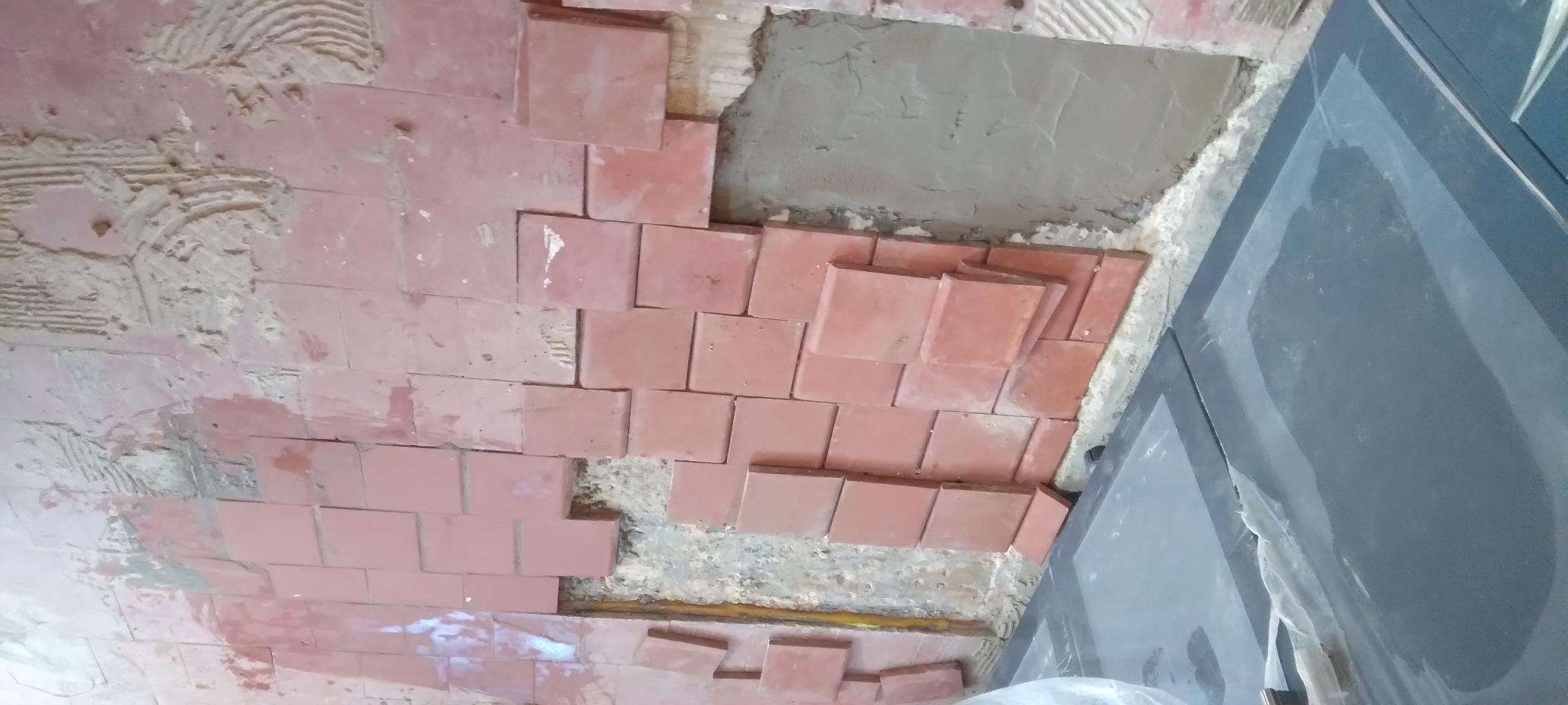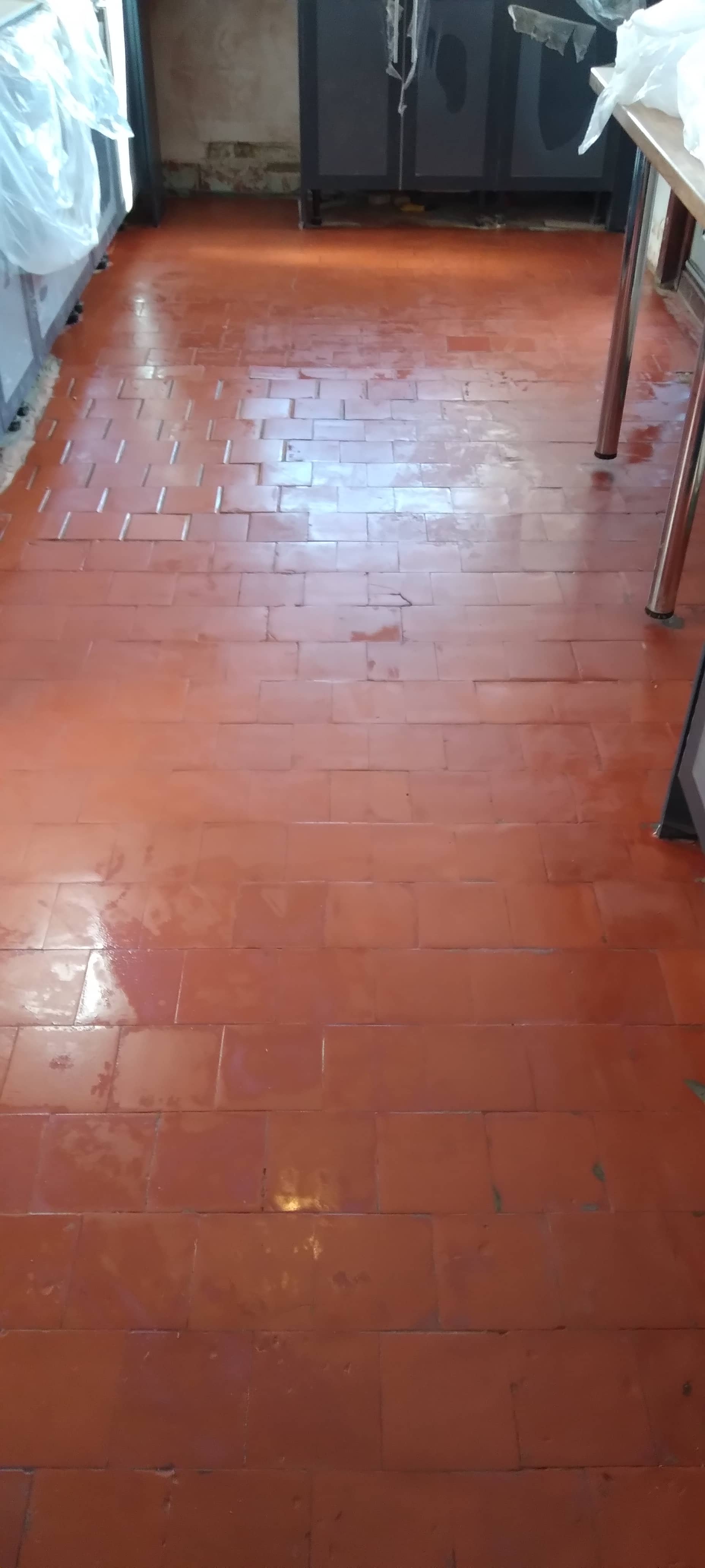Natural stone flooring can make a smashing accent. The subtle complexity of patterns formed by weather is both calming and engrossing, and they’re right on trend with the recent movement toward design elements drawn from nature.
Stone flooring is also intrinsically durable, but it’s important to pick the right kind for your needs and to maintain it carefully for the best long-term results. Here are some tips to get you on the right footing.
1. Subtle Styles are More Durable
The variety of stone styles available has exploded over the years. Manufacturers now provide a wide assortment of colors and finishes ranging from dull to shiny. The surface of the tile can also be smooth or rough, allowing you to select from a spectrum of more finished to more rugged.
Of course, your personal preference and existing decor will weigh heavily on your selection. If you want a boost of color, go for it! Consider, though, the value of more understated designs. Neutral tones are well-positioned to accommodate changing trends and future renovations.
2. Some are Easier to Keep Clean
Think about how hectic life in your household tends to be, too, and how much cleaning you like to do. A polished floor will reflect light and offers a snappy look, but it also shows dirt more than a rustic finish. Chips and scratches will also be more noticeable in a polished finish, possibly resulting in more repairs over the life of the flooring.
3. Stone Stays Cool
Similarly, the environment where you live can influence your decision regarding natural stone tiles. They’re an ideal choice in warm climates because they stay cool and do not radiate heat.
Even in cooler climates, natural stone performs well, especially when paired with a warming option like radiant heating. It also offers water resistance, which is a great benefit for bathrooms, kitchens, pool rooms, and anywhere else where water is prevalent.
4. Cost Will Vary by Style
Natural stone flooring used to be a product found only in the homes of the elite, but an increase in international trade has made these options more accessible. Now the cost of these types of flooring is about the same, and sometimes even less, than wood flooring. Even if you don’t plan to stay in your spot for decades, natural stone flooring is an investment that typically pays you back by increasing the value of your home.
Marble can be the priciest, as its mesmerizing swirls are highly prized. Slate and granite are typically the cheapest options, with materials like travertine and limestone falling somewhere in between. As a general rule, the larger the tile size you choose, the more you should expect to pay.
5. Think Ahead to Minimize Your Cleaning
The texture you choose may have different maintenance needs, but in general, natural stone flooring is easy to care for with simple, regular upkeep and occasional deep cleaning.
Most stones will just need a sweep or soft vacuuming a few times a week, and occasional mopping to collect dust and dirt. Don’t use any harsh chemicals, and avoid acidic cleaners such as vinegar—these can all result in discoloration or damage.
For a deeper clean, use a mild vegetable soap and water or a cleaner specifically made for your type of stone. Clean up spills promptly and apply cleaner directly to any stains as soon as possible.
Rugs near entryways can help minimize the dirt tracked onto the floors. You may want to start a new habit of removing your shoes at the door to make cleaning easier. Furniture cushions on the legs of couches and chairs can help you avoid scratching your stones.
6. Even Installation is Essential
Perhaps the most important tip regarding natural stone flooring is to make sure it’s properly installed. Flooring that’s not completely level will be much more likely to buckle, shift, and crack over time. That can result in an expensive and time-consuming repair.
Whether you install the natural stone flooring or have a professional tackle the task, watch for slopes and uneven sections that could affect the end result.
Source: www.DoItYourself.com






